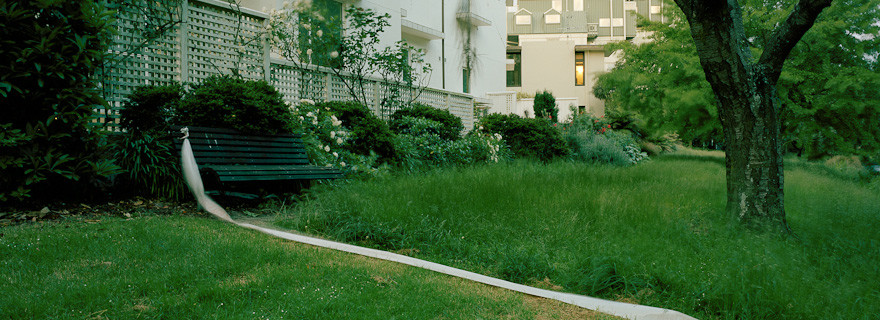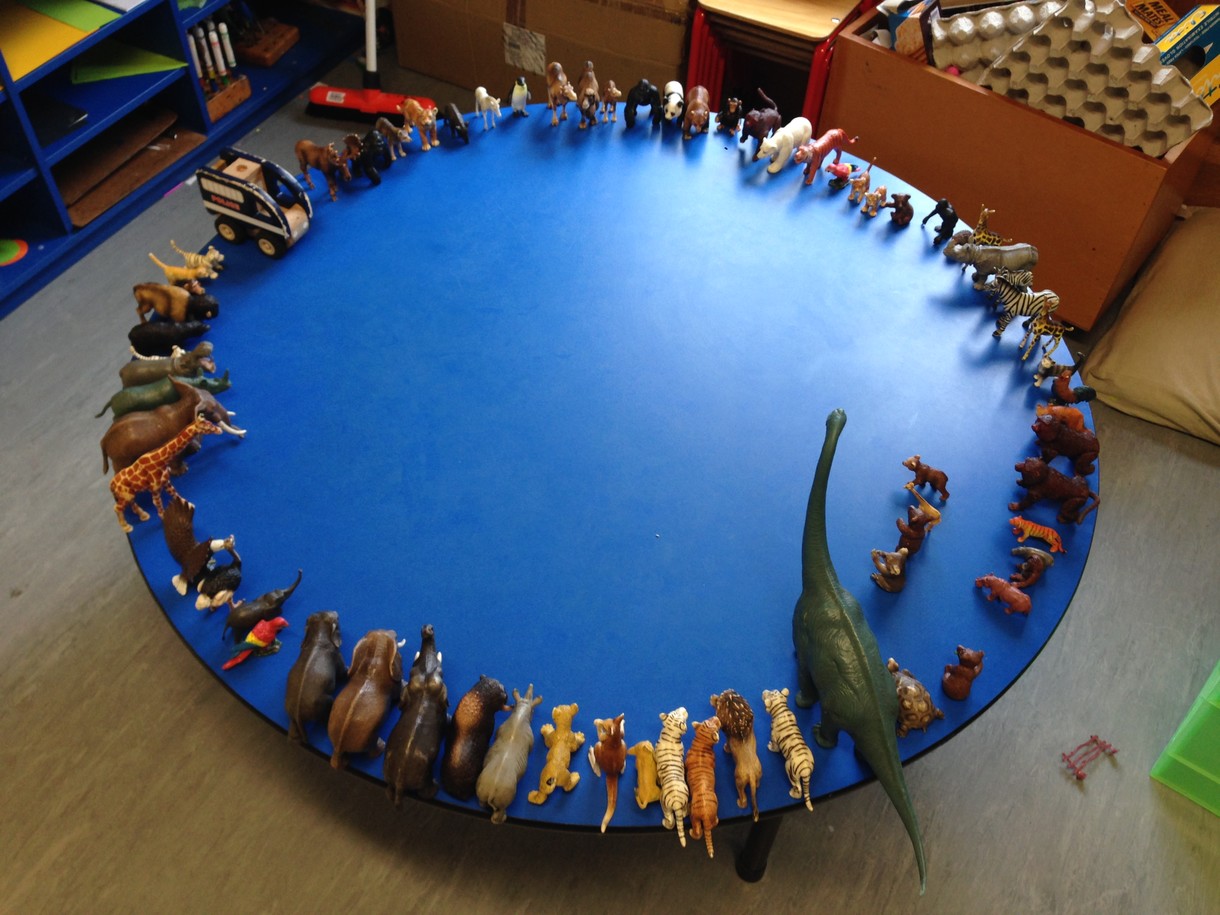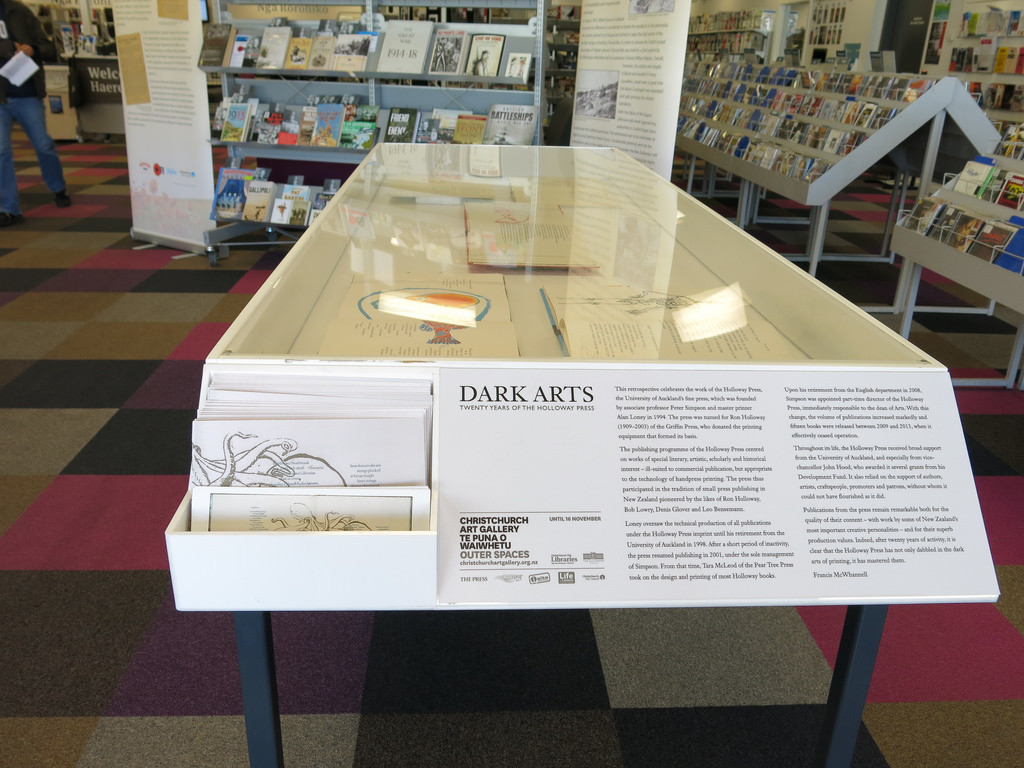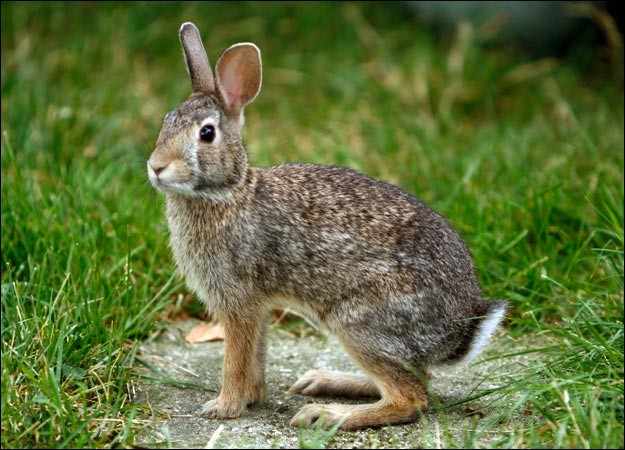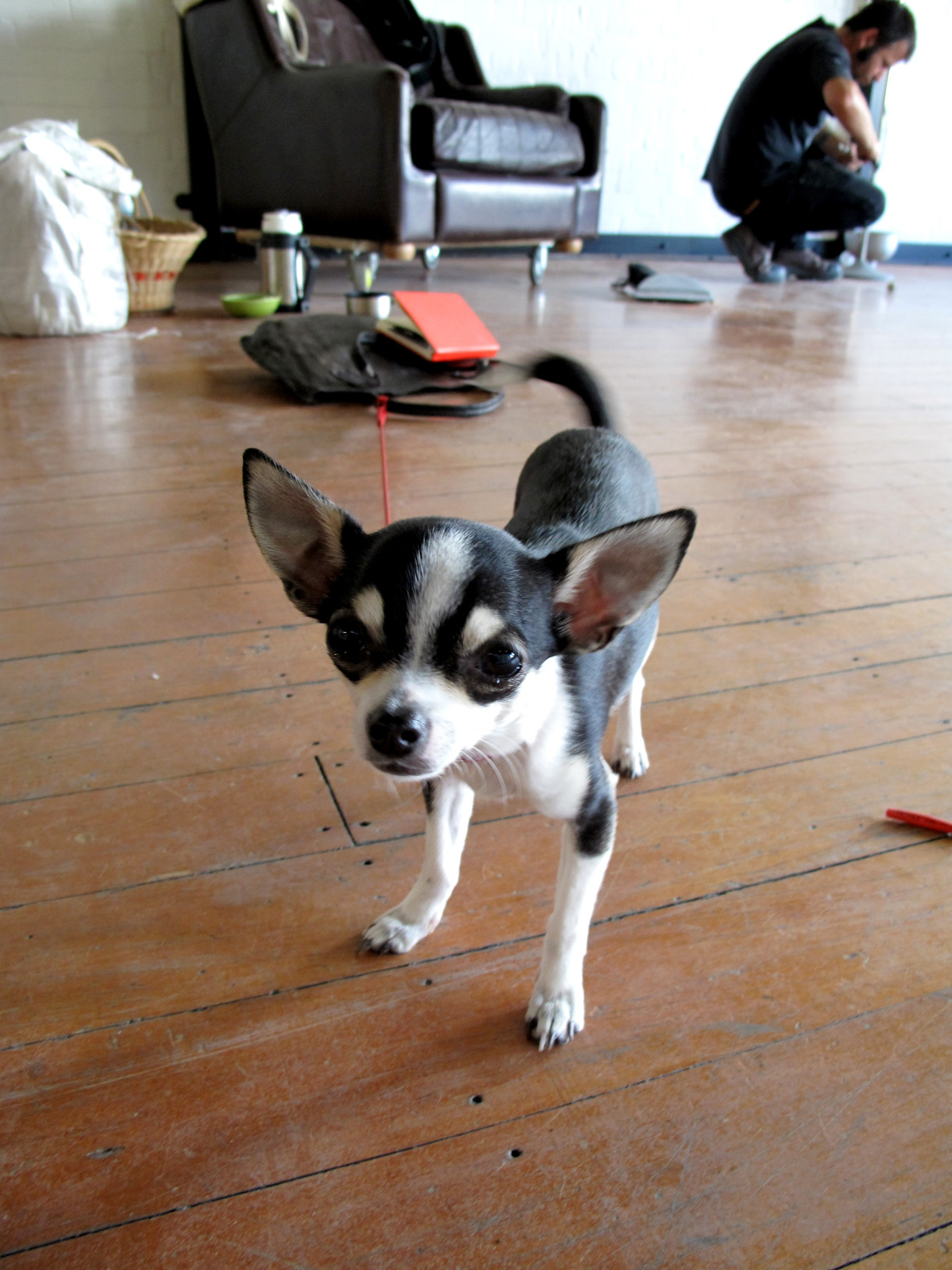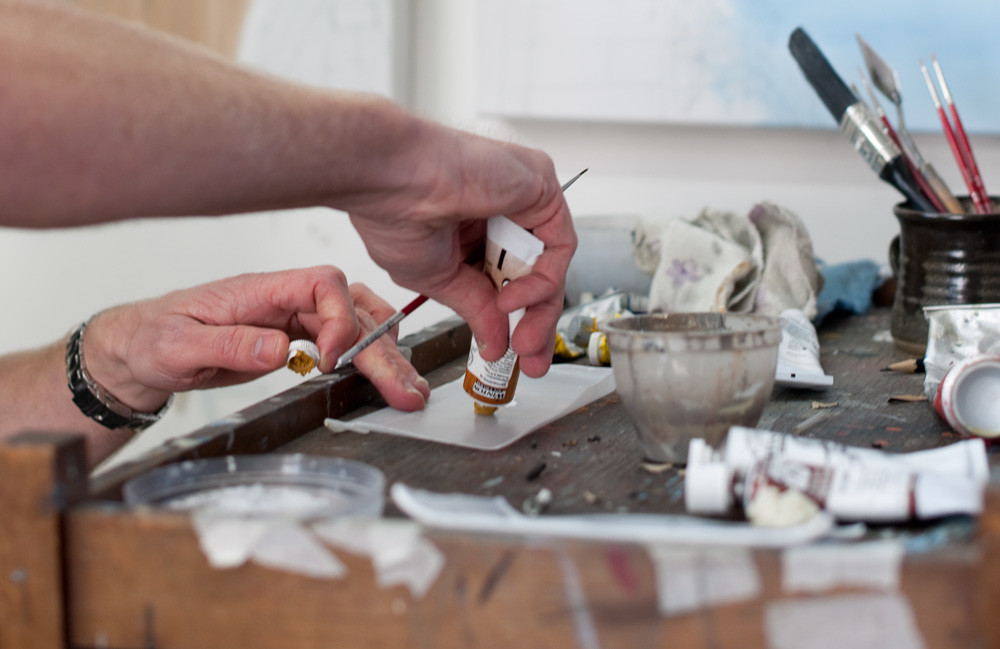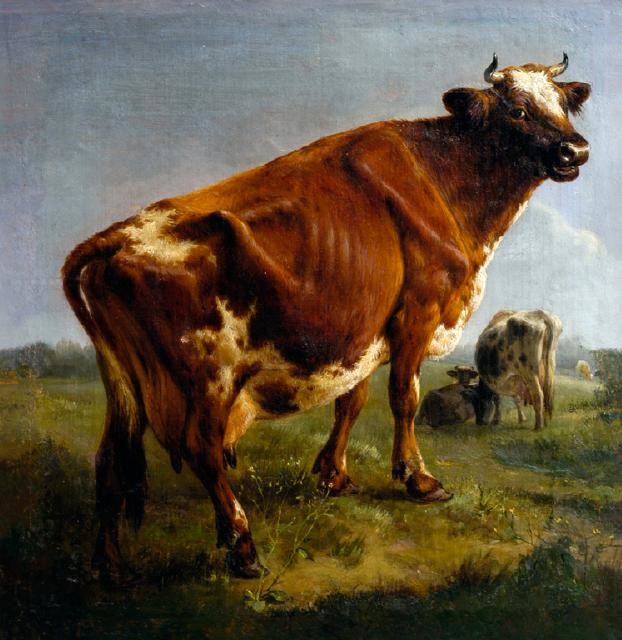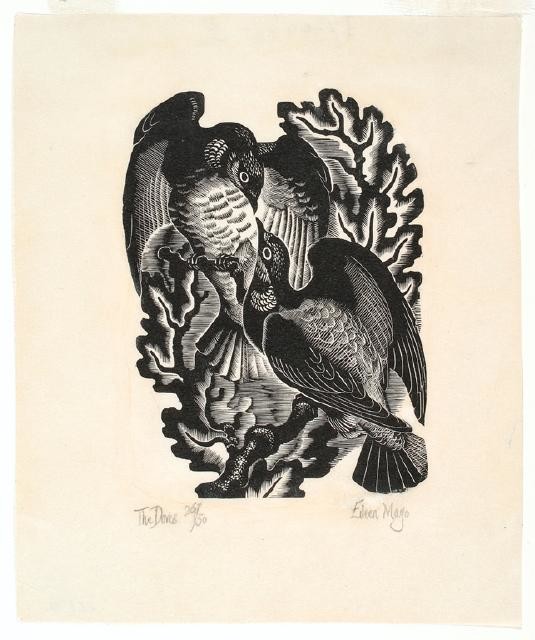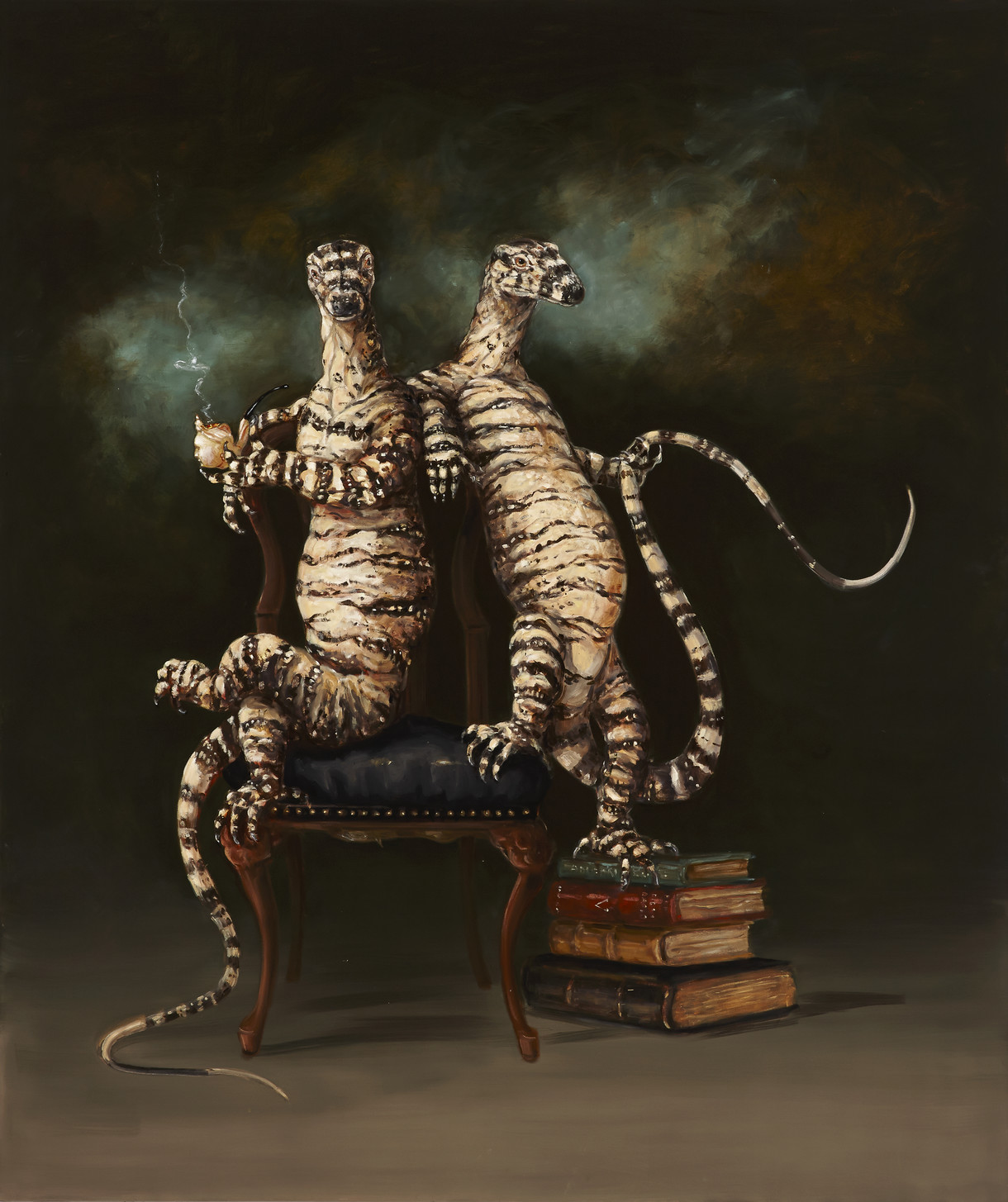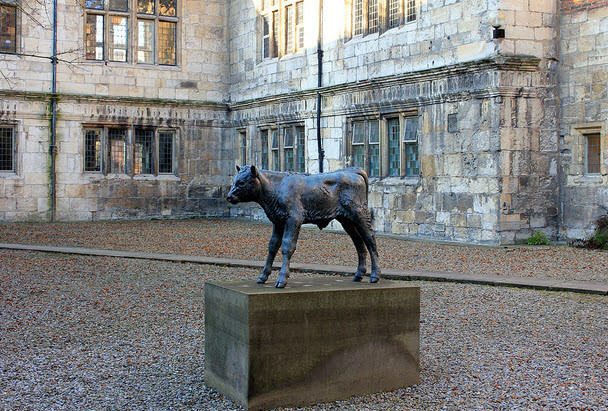Sam Harrison: Render
Sam Harrison: Render
31 Mar 2012 – 22 Apr 2012
Listen to Felicity Milburn talk about local artist Sam Harrison's exhibition Render. Harrison's plaster and chicken wire works draw on his experiences as a hunter – the process of their construction echoing in reverse the transformation of animals from living things into inanimate carcasses. Exquisitely observed and acutely 'present', they make for confronting and compelling viewing.
Render is the first installment of the Rolling Maul project series by local artists at our new favourite venue, the spruced-up gallery space above NG at 212 Madras Street.
